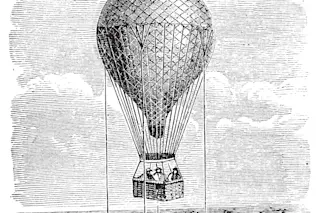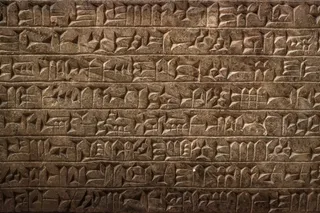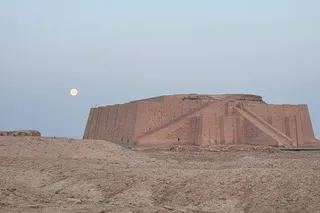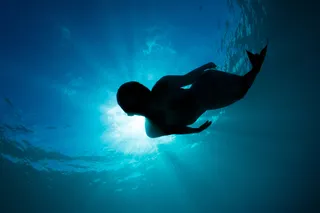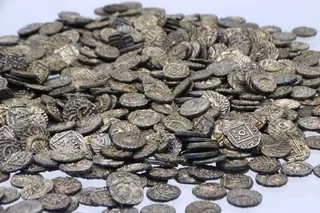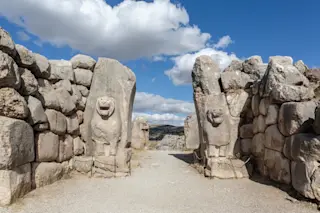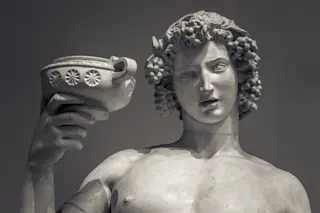Con artists have long tricked people into scams that were too good to be true. And it’s not just deposed princes emailing pleas to help them reclaim their lost fortune with a short-term loan. The world of science and academia has also seen swindlers.
In medicine, fake cures have promised to end suffering and restore a person’s good health. In archeology, planted relics have misled the public about ancient life on Earth. And in aviation, lengthy and impressive flights were completely fabricated. Below are three scientific hoaxes in history that scammed people out of major money.
In the fall of 1869, two farmers were being helpful when they agreed to dig a well on a neighbor’s property in central New York. Several feet down, their shovels hit something hard. With careful movements, they began unearthing a skeleton that stretched 10 feet in length. It appeared to be the remains of ...



